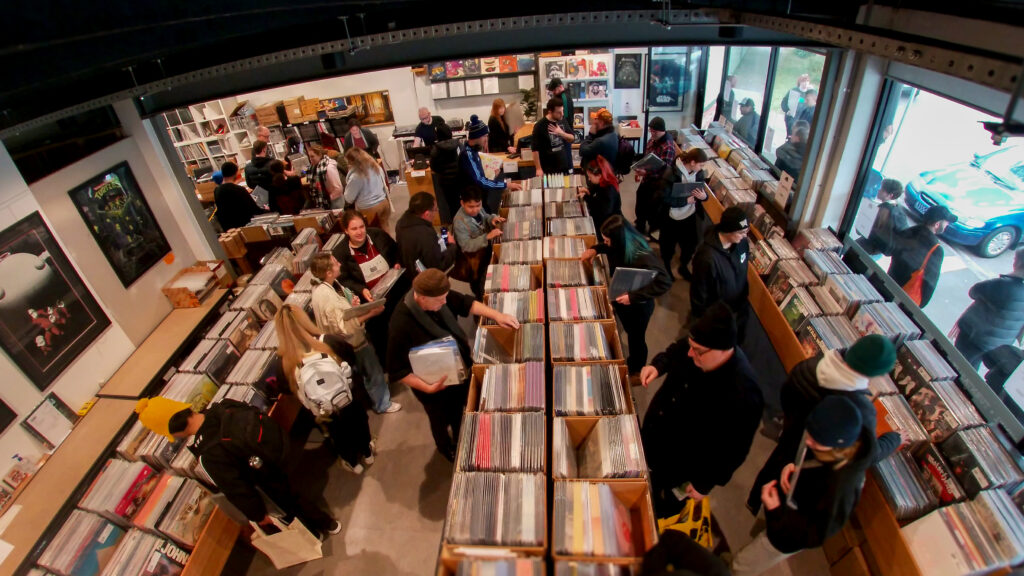The good thing about the global music industry’s return from the edge of the financial cliff is that huge budgets are being green-lighted for music videos again. This year alone videos have proven they are a vital artform.
Childish Gambino’s politically potent ‘This Is America’ has had the same cultural impact that Michael Jackson and his zombies had in 1983 with ‘Thriller’. Clips accompanying Drake’s ‘God’s Plan’ and ‘Nice For What’, Justin Timberlake’s ‘Man of the Woods’, Kendrick Lamar and SZA’s ‘All the Stars’ and Janelle Monae’s ‘PYNK’ are examples of great creativity at work in 2018.
The question is, where does the music video go from here? Mood-based visuals and artificial intelligence? Where does vertical video come into all this as clips become adapted for smartphone viewing? In mid-July, Billboard assembled execs from YouTube, Snapchat, Spotify and video content management platform Vydia to ponder this. The general answer was: there will be changes but it’s too early to make definite predictions.
Music videos must follow the changing behaviour pattern of consumers. Right now, the music industry has its eyes set on Generation Z – those born after 1995 – who prefer their music (and videos) personalised and interactive.
The growing popularity of vertical videos was inevitable. 44% of smartphones use it for music. For years, videos were shot in “portrait” mode as they were meant to be watched on TV. Now vertical videos are more immersive with 360-degree viewing and augmented reality. 85% of videos on smartphones are watched with the sound off, according to Digiday, so expect more graphics. Some directors question that as it’s a format that is quickly scrolled, why spend time and energy on creating captivating visuals?
On the other hand, music executives tell Industrial Strength that the importance of the music video will rise as streaming services help millions of music fans discover new tracks. Visuals help them understand these new discoveries quicker and also the lifestyles and cultures they represent.
Lyor Cohen, head of music at YouTube, predicted to Billboard, “As we’re watching the tide rising and now video is not an expense item, but an item that artists can actually make money from – now we’re going to see an acceleration on the focus and attention spent on creating really dope videos.”
Vydia’s CEO Roy Lamanna added, “The tricky thing with music videos, and the thing that MTV always had a difficult time with, is that everyone essentially makes a program decision every three minutes – every three minutes, you’re making a new decision whether or not you want to leave. And so the future of music videos, I think, is very much aligned with the future of music. It’s going to be more mood-based. I think that a lot of that data right now is people are associating moods with playlists and moods with music.”







